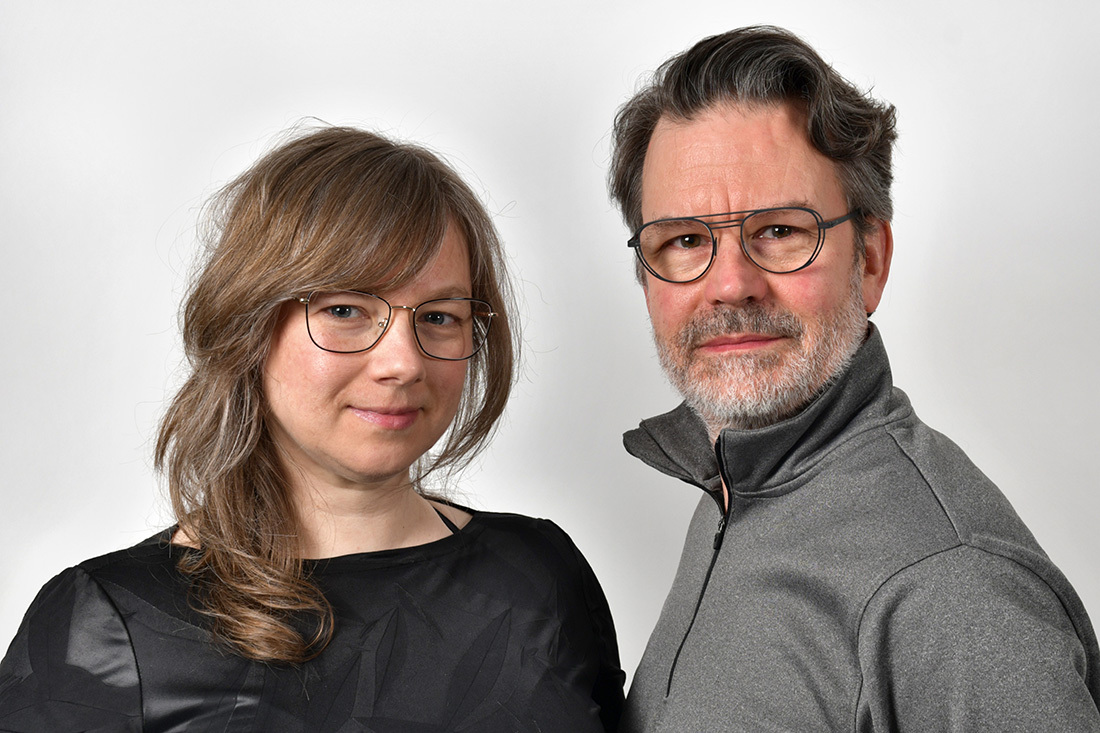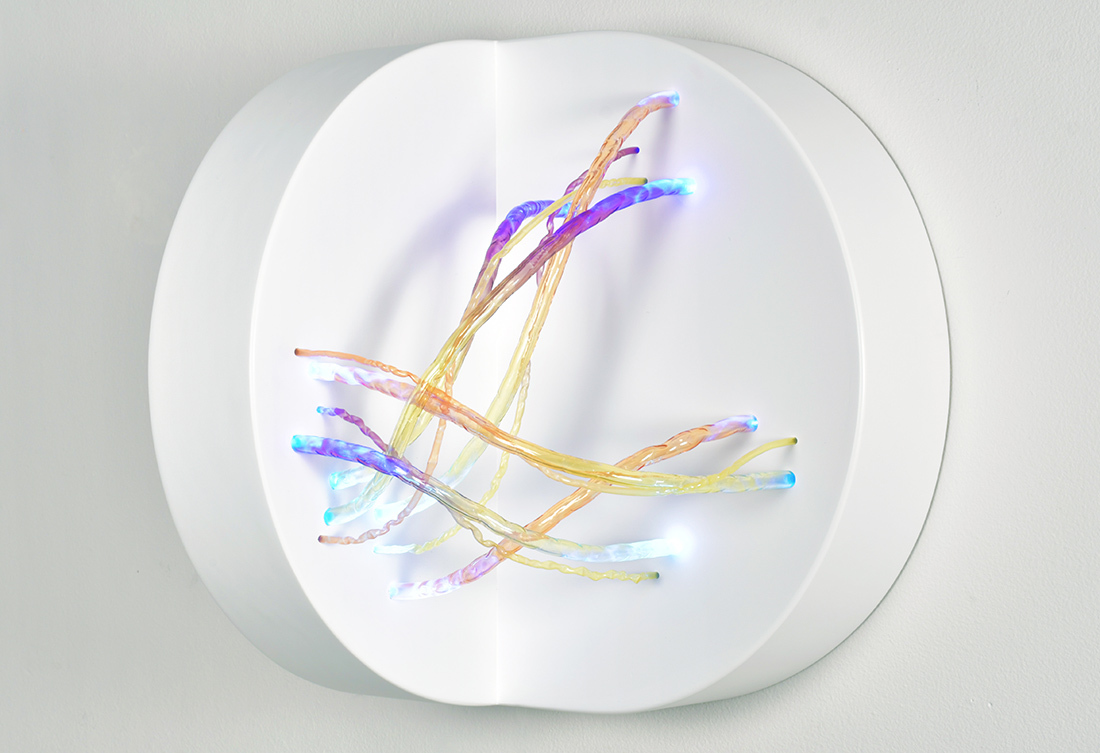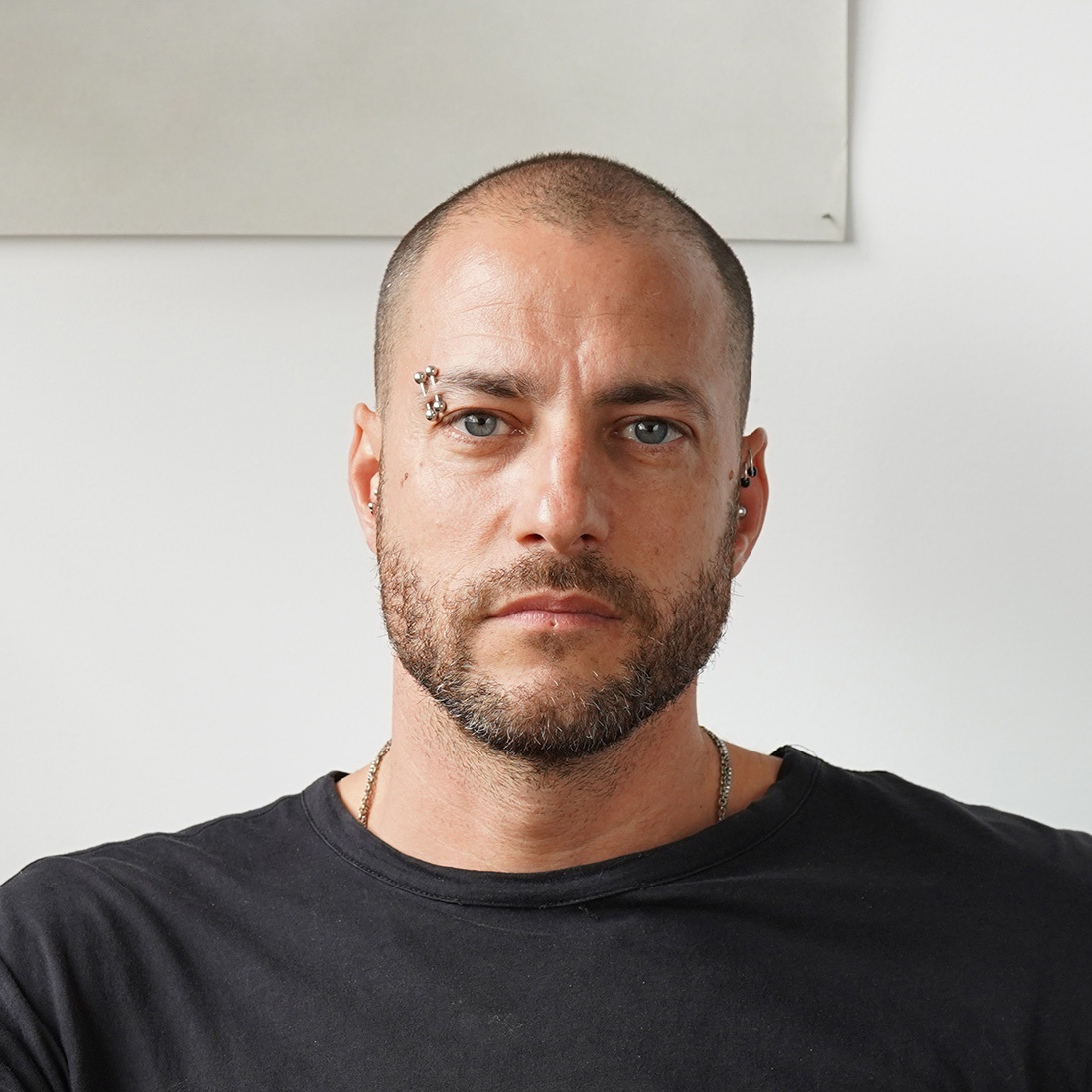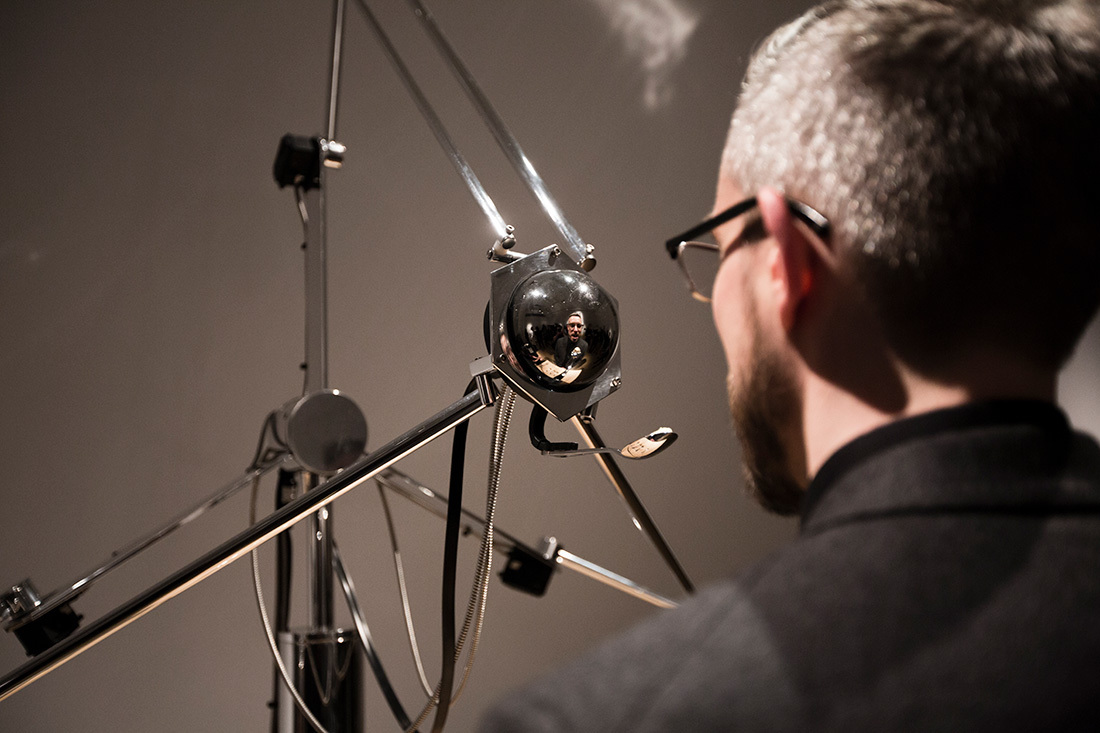In November 2023, École de technologie supérieure (ÉTS) officially launched the first edition of its Artistic Residency Program, combining technology, science, and art. An initiative to foster networking and unprecedented cooperation between the arts community and ÉTS researchers. Artist Simon Laroche and the duo Elisabeth Picard and Ghislain Brodeur were selected to take part in this groundbreaking project. By collaborating with research professors David Labbé and Bora Ung, they will benefit from unique technical and scientific expertise to enrich their artistic projects.
From April to December 2024, the artists will be welcomed to the school’s campus and have the opportunity to enrich their work by exploring new technical possibilities, developing their skills, and engaging in transdisciplinary discussions. Made possible through the ÉTS Arts and Culture Integration Program, the Artistic Residency Program pays a $15,000 fee and up to $5,000 in production costs for each winner.
See the news release (in French) for more information on the Artistic Residency Program.
This project is part of ÉTS’s commitment to building bridges with the creative industries to stimulate research and develop new forms of collaboration. This opportunity will expose researchers to new problems and enable them to push the boundaries of their creative research, as well as improve and put their expertise into practice.
The artists for this first edition were selected through a request for proposals open to all artistic disciplines. The jury reviewed the 47 applications and identified the recipients for the 2024 edition. Its members were Robert Lepage, Stage and Artistic Director for Ex Machina and Le Diamant; Véronique Paradis, Director of Innovation and Training, SAT; Sylvie Lacerte, Art Historian and Independent Curator; Sophie Montreuil, Executive Director, Acfas; Cédrick Pautel, Secretary General and Executive Director, Organizational Commitment at ÉTS; Ghyslain Gagnon, Dean of Research at ÉTS; and Vicky Gagnon-Mountzouris, Library Director at ÉTS.
The winning artists
Elisabeth Picard and Ghislain Brodeur

The artistic duo, Elisabeth Picard and Ghislain Brodeur, is looking forward to spending time at ÉTS to innovate and pursue their research in kinetic and digital sculpture. The pair will benefit from the support and expertise of researcher Bora Ung, a professor in the Department of Electrical Engineering, who specializes in the design of optical fibres and sensors used, among other things, for communication and in the fields of health and the environment. Professor Ung holds the Marcelle-Gauvreau Engineering Research Chair in Multimaterial and Multifunctional Photonic Devices.
Elisabeth Picard combines visual arts and crafts with takes a resolutely innovative approach to her work. She designs a wide variety of structural assemblies using ordinary materials and textile work techniques. Her works refer to the architecture of nature’s elements, as well as the amazing physical phenomena it generates. After working for several years combining sculpture, assembly, dyes, light, and a stepper motor, she would now like to explore the potential of optical fibre. She wishes to colour, disentangle, and interlace it to enhance both its essence and appearance.

During her residency, Elisabeth will work closely with Ghislain Brodeur, a long-time collaborator. Ghislain is self-taught and has developed a wealth of expertise in carpentry, mechanics, and electronics. His ability to solve technical problems and use digitally controlled tools make him an essential ally in Elisabeth’s artistic work. Ghislain has been designing, producing, and installing works of art as a technician for numerous visual artists since 2014. The residency at ÉTS will be an opportunity for him to learn more about optical fibre while allowing his artistic inspiration to flourish.
Simon Laroche

Simon Laroche explores the boundaries between art, technology, and performance, questioning the hybridization of artificial, biological, and social systems. His critical and experimental work challenges the impact of technology on the construction of social and psychological realities. At ÉTS, he will continue this exploration through a performative work in robotics, with the collaboration of researcher David Labbé, a specialist in software engineering and information technology, whose research focuses on motion capture, virtual reality, and sports biomechanics.
Since 2003, Simon Laroche, both by himself and with others, has been producing transdisciplinary, robotic, electronic, video, audio, and performative works that play with computer programming and technical materials, as well as with social codes. He has developed a critical and experimental approach to the hybridization of artificial, biological, and social systems that looks at the impact of technology on the construction of social and psychological realities.

At ÉTS, he plans to further his work exploring and analyzing the movement of human subjects through performative works based on robotics principles. For this project, Simon will work with choreographer and physiotherapist Liliane Moussa, a long-time collaborator. She has a multidisciplinary practice based on hybridization of dance and sport that engages bodies in performance where energy expenditure, power relations, and movement efficiency are studied and challenged.
For more information:



